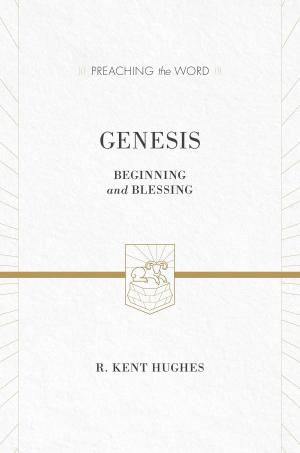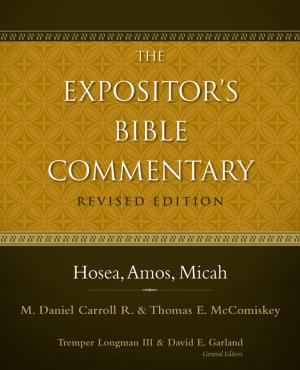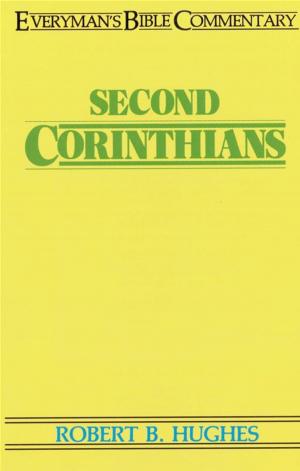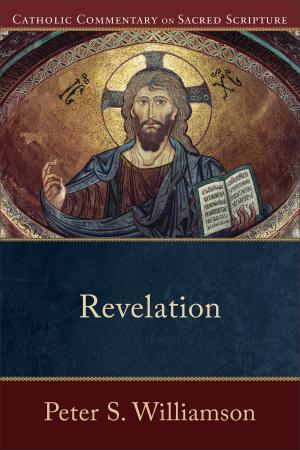Seeing John's Visions: Experiencing Revelation
Nonfiction, Religion & Spirituality, Bible & Bible Studies, New Testament, Study, Commentaries| Author: | Dr. Gary S. Day | ISBN: | 9781310786037 |
| Publisher: | Dr. Gary S. Day | Publication: | December 13, 2015 |
| Imprint: | Smashwords Edition | Language: | English |
| Author: | Dr. Gary S. Day |
| ISBN: | 9781310786037 |
| Publisher: | Dr. Gary S. Day |
| Publication: | December 13, 2015 |
| Imprint: | Smashwords Edition |
| Language: | English |
Have you ever tried to make sense of the book of Revelation? It's not easy is it. Many questions come to mind that would help our understanding. What did it mean to the hearers in John's time in the early years of Christianity? What does it mean to us today? How do we read the book of Revelation today on a personal level? Seeing John's Visions: Experiencing Revelation addresses these questions and more.
Gary S. Day proposes a helpful way to read the book Revelation by following a tried and true method. He follows the "Scripture interprets Scripture" road of inquiry to find a volume where God speaks comforting words to His people of faith in times of trouble. He does this through the texts that are alluded to within the book itself. There are over 250 allusions to the book of Revelation that are all but sidelined, even though they are known to exist.
The problem is that these allusions are just that. They are allusions or verbal parallels, and not direct quotes from another biblical book. So how do you use them to help your understanding of Revelation? By examining the various aspects of allusions in the chapter, Introduction to Allusions of Revelations, Dr. Day has come to the conclusion that it is through the allusions that the early church understood the book as a book of consolation. Many times the verses that are alluded to are hints to examine the context of the passage, and not just the single verse. Therefore when he aligns these expanded allusions to a passage in the book of Revelation a broader understanding is brought to bare on the passage. Dr. Day surmises that people read the bible primarily from a common sense point of view.
The majority of the 250 + allusions are from the Old Testament. Some are from the other books of the New Testament, and some from writings called Pseudepigrapha written between 200 BCE and 100CE. Every one of them are included with the passage they are found, so that they can be read side by side. By following along through the book of Revelation in this manner you will discover that Revelation is indeed a book of encouraging prophecy, and not just a book of doom and gloom.
Have you ever tried to make sense of the book of Revelation? It's not easy is it. Many questions come to mind that would help our understanding. What did it mean to the hearers in John's time in the early years of Christianity? What does it mean to us today? How do we read the book of Revelation today on a personal level? Seeing John's Visions: Experiencing Revelation addresses these questions and more.
Gary S. Day proposes a helpful way to read the book Revelation by following a tried and true method. He follows the "Scripture interprets Scripture" road of inquiry to find a volume where God speaks comforting words to His people of faith in times of trouble. He does this through the texts that are alluded to within the book itself. There are over 250 allusions to the book of Revelation that are all but sidelined, even though they are known to exist.
The problem is that these allusions are just that. They are allusions or verbal parallels, and not direct quotes from another biblical book. So how do you use them to help your understanding of Revelation? By examining the various aspects of allusions in the chapter, Introduction to Allusions of Revelations, Dr. Day has come to the conclusion that it is through the allusions that the early church understood the book as a book of consolation. Many times the verses that are alluded to are hints to examine the context of the passage, and not just the single verse. Therefore when he aligns these expanded allusions to a passage in the book of Revelation a broader understanding is brought to bare on the passage. Dr. Day surmises that people read the bible primarily from a common sense point of view.
The majority of the 250 + allusions are from the Old Testament. Some are from the other books of the New Testament, and some from writings called Pseudepigrapha written between 200 BCE and 100CE. Every one of them are included with the passage they are found, so that they can be read side by side. By following along through the book of Revelation in this manner you will discover that Revelation is indeed a book of encouraging prophecy, and not just a book of doom and gloom.















